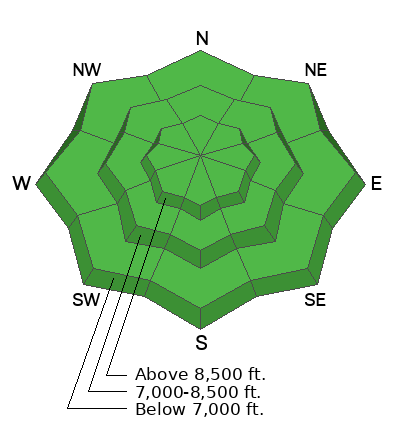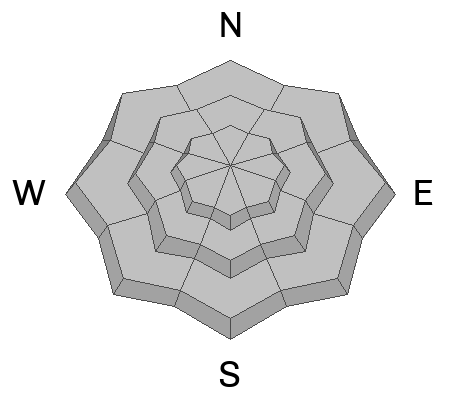Forecast for the Ogden Area Mountains

Issued by Nikki Champion on
Thursday morning, December 28, 2023
Thursday morning, December 28, 2023
Overall, the avalanche danger is generally LOW, and normal caution exists. Isolated shallow, soft, or hard slabs of wind-drifted snow may exist in exposed terrain at the upper elevations. Soft slabs may exhibit shooting cracks and are typically sensitive to triggers. Meanwhile, hard slabs can be smooth and round, releasing once well onto the slope.
In wind-protected terrain, the possibility of triggering loose sluffs that can catch and carry a skier or rider down the slope remains.

Low
Moderate
Considerable
High
Extreme
Learn how to read the forecast here







